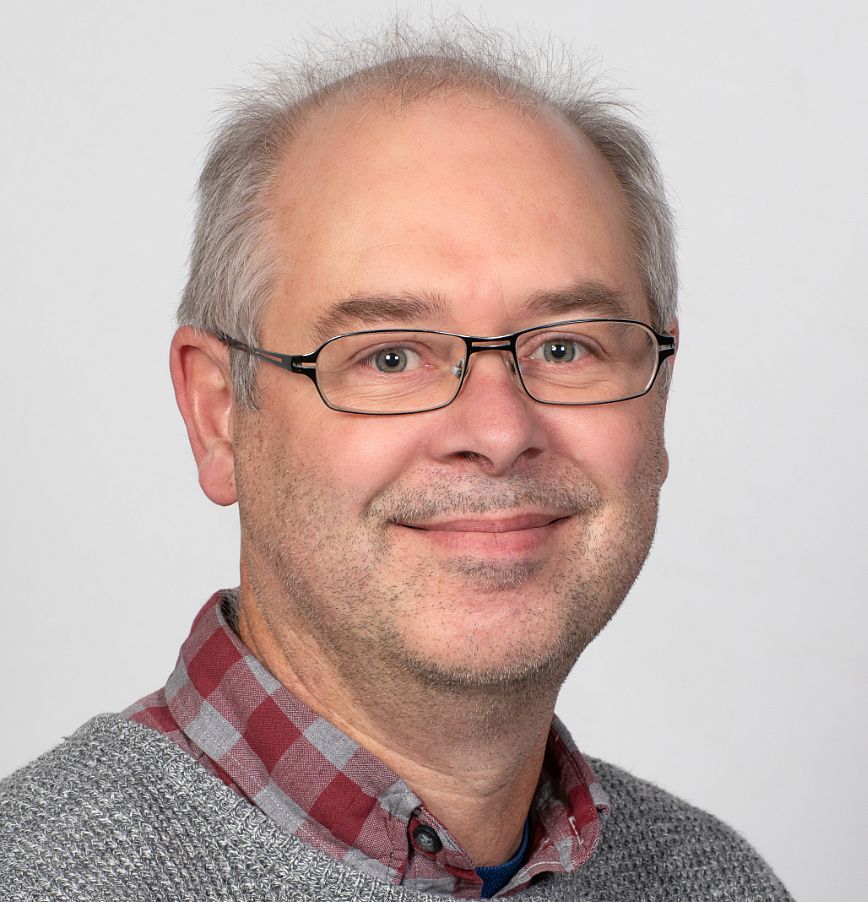
Dr. Manuel Rodrigues Goncalves
E-Mail:
manuel.goncalves(at)uni-ulm.de
Plasmonics, Near-Field Optics, Raman, Colloids

Dr. Manuel Rodrigues Goncalves
E-Mail:
manuel.goncalves(at)uni-ulm.de
Plasmonics, Near-Field Optics, Raman, Colloids
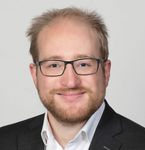
Jonas Pfeil
E-Mail:
jonas.pfeil(at)uni-ulm.de
The rheological properties of cells have not yet been fully explored. With the technology VELOMIR (Very Long Time Microrheology), which Jonas developed during his doctoral thesis, these properties can be measured very quickly and very precisely. This now enables the systematic measurement of cell rheology under different environmental influences.
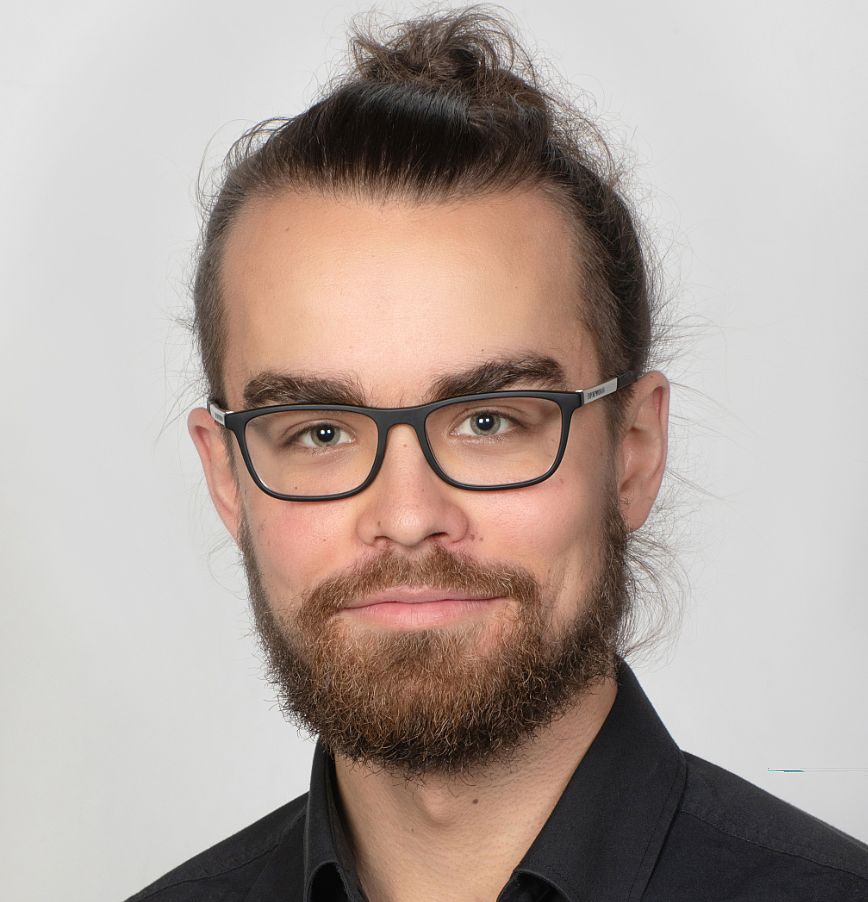
Alexander Janik
E-Mail:
alexander.janik(at)uni-ulm.de
At our institute there is an optical setup capable of determining the mechanical properties of adherent cells. A laser is deployed to stretch a cell in beam direction. The deformation is detected and yields information about its viscoelastic properties, which are crucial for the functionality of various cell types. I am working on automating the measurement and data evaluation routines and modifying the microscope setup. Thereafter, I am planning to apply the new technique, preferably in collaboration with groups from e.g. the medicine department.
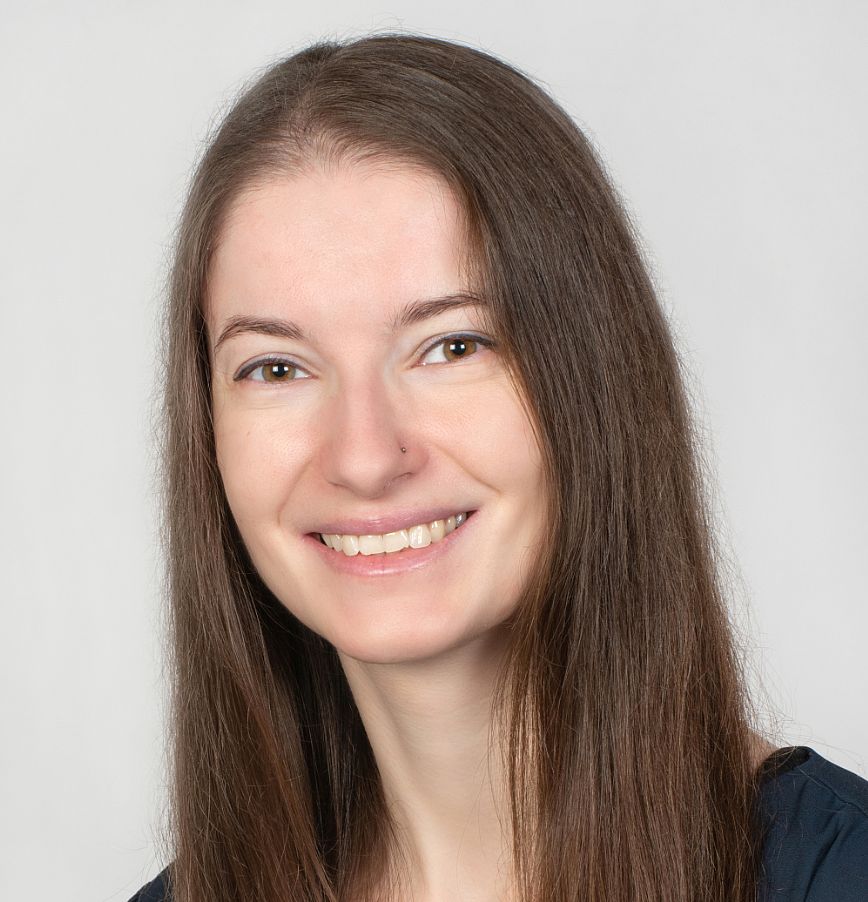
Lisa Kwapich
E-Mail:
lisa.kwapich(at)uni-ulm.de
Detection of parasites and bacteria in complex fluids.
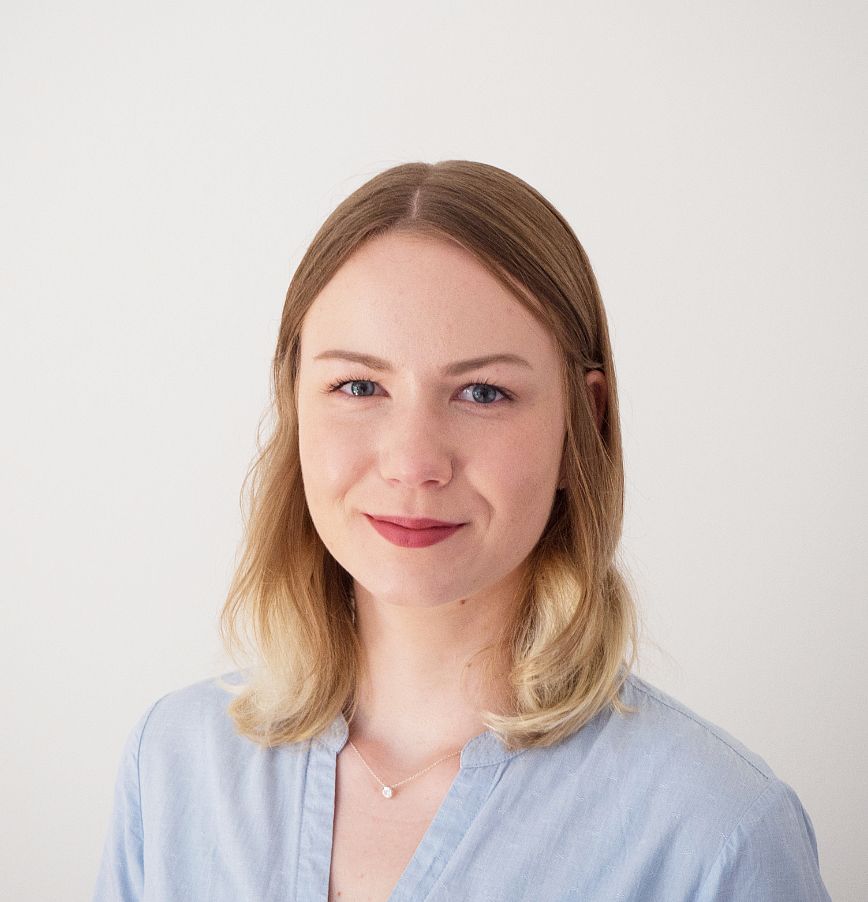
Patricia Schwilling
E-Mail:
patricia.schwilling(at)uni-ulm.de
Development of microfluidic and microoptical methods for rapid characterization of microplastics in fluids.
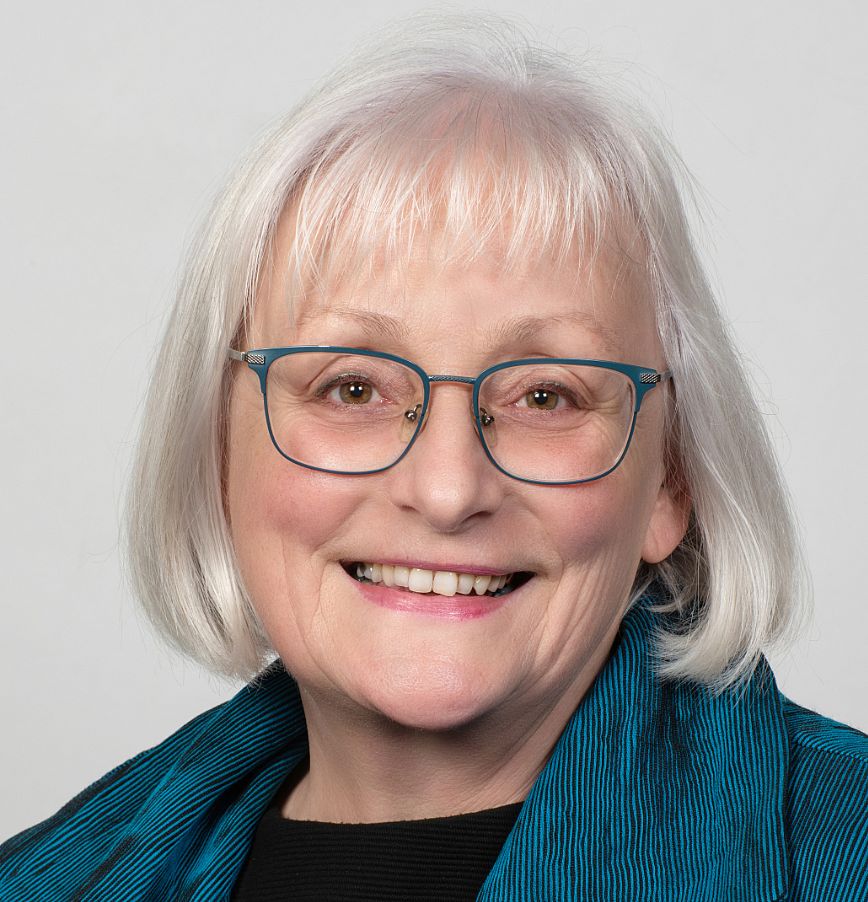
Tamara Stadter
E-Mail:
tamara.stadter(at)uni-ulm.de
Office: N25/5208
Phone: 0731 50 23010
Fax: 0731 50 23036
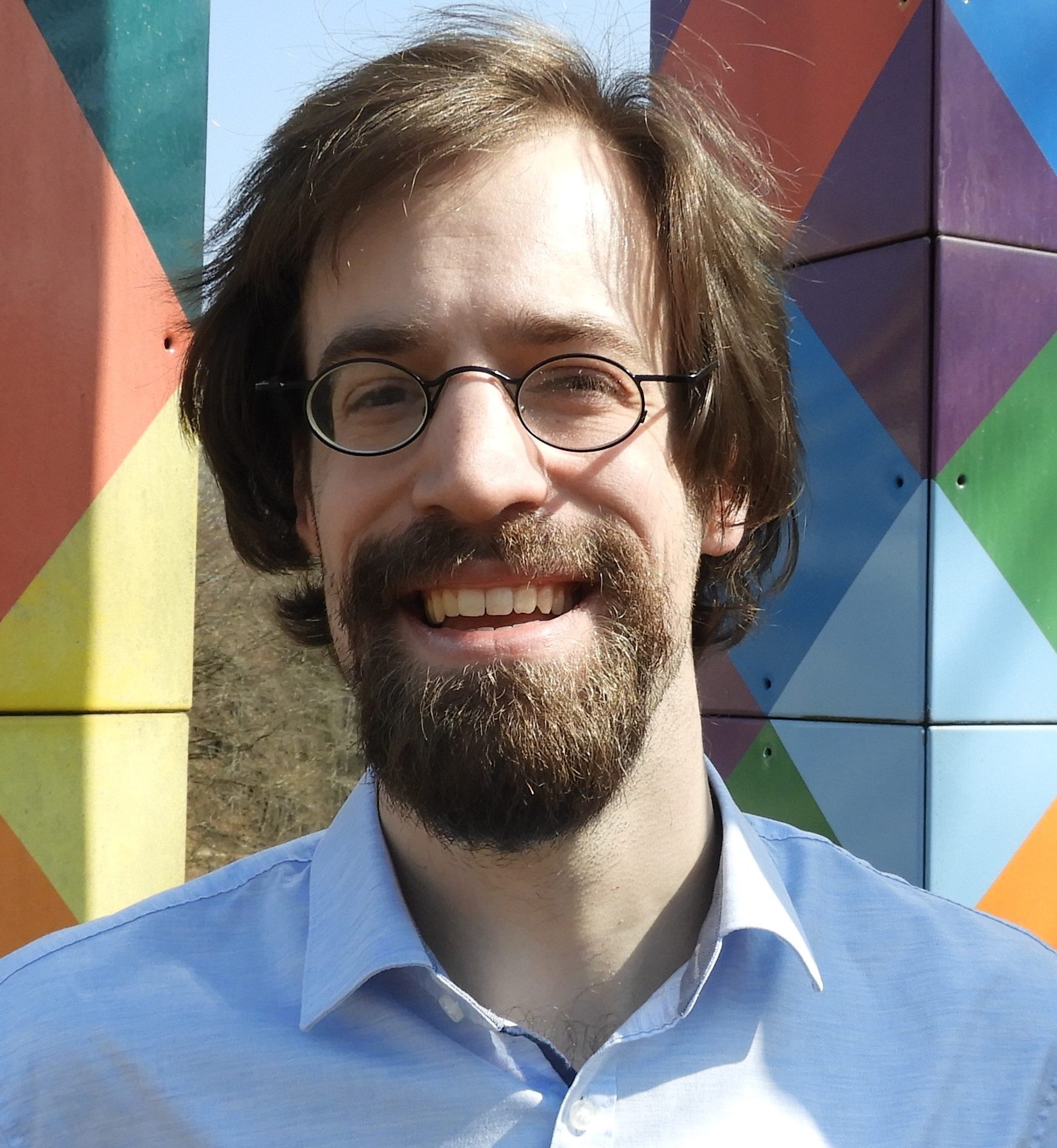
Adrian Greischel
E-Mail:
adrian.greischel(at)uni-ulm.de
Office: N25/5208
Phone: 0731 50 23010
Fax: 0731 50 23036
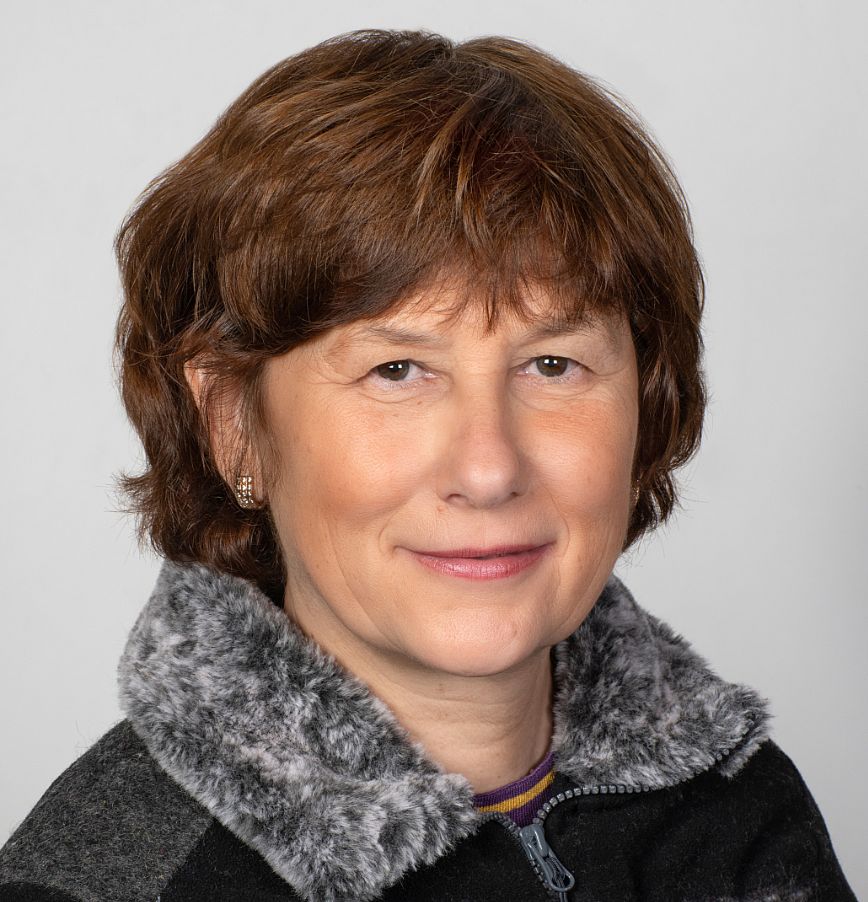
Maria Hammer
E-Mail:
maria.hammer(at)uni-ulm.de
Maria takes measurements with the Raman microscopy and is responsible for the electronic workshop.
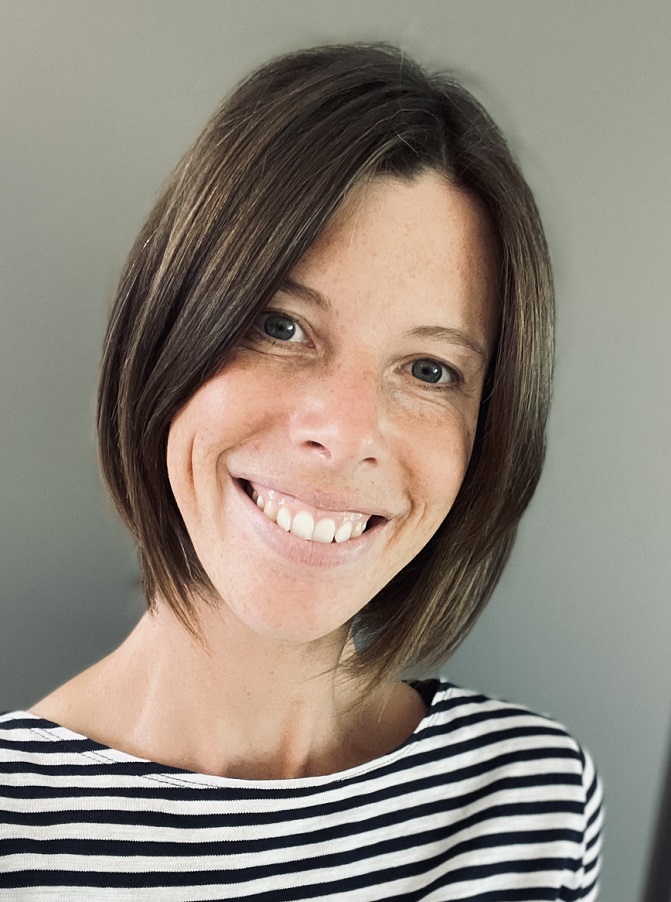
Susanne Waldmann
E-Mail:
susanne.waldmann(at)uni-ulm.de
Susanne is one of our two technicians in our chemical lab.
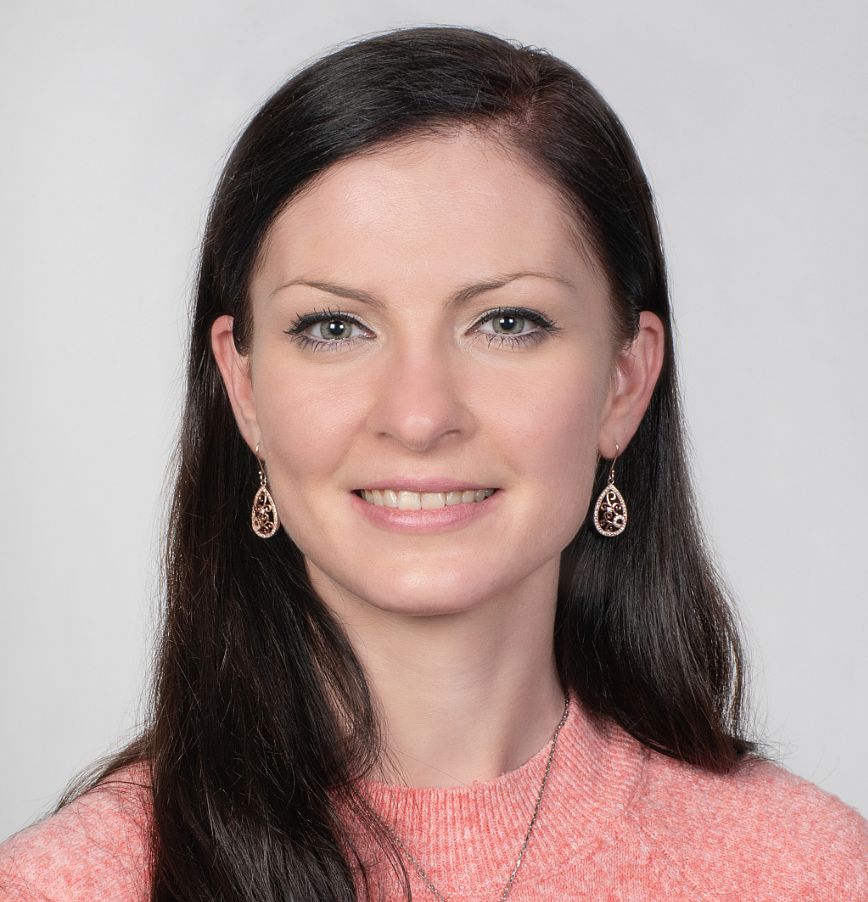
Karolina Zeh
E-Mail:
karolina.zeh(at)uni-ulm.de
Karolina is one of our two technicians for the chemistry lab.
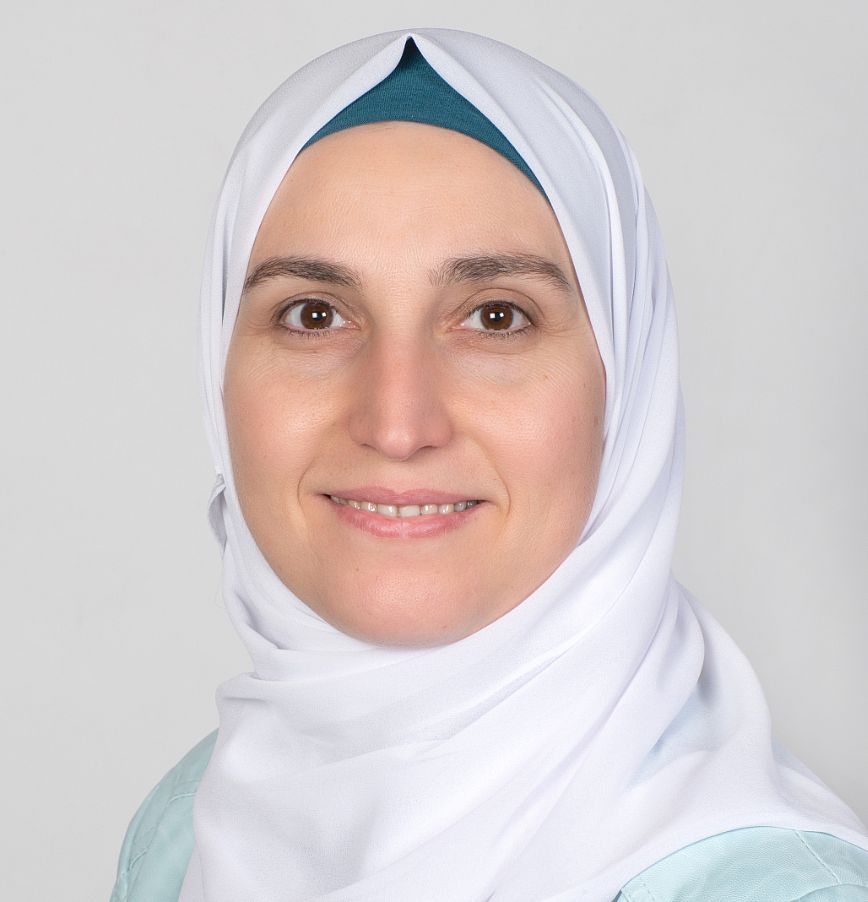
Nebal Altabl
E-Mail:
nebal.altabl(at)uni-ulm.de
Nebal is one of our two technicians for the chemistry lab.
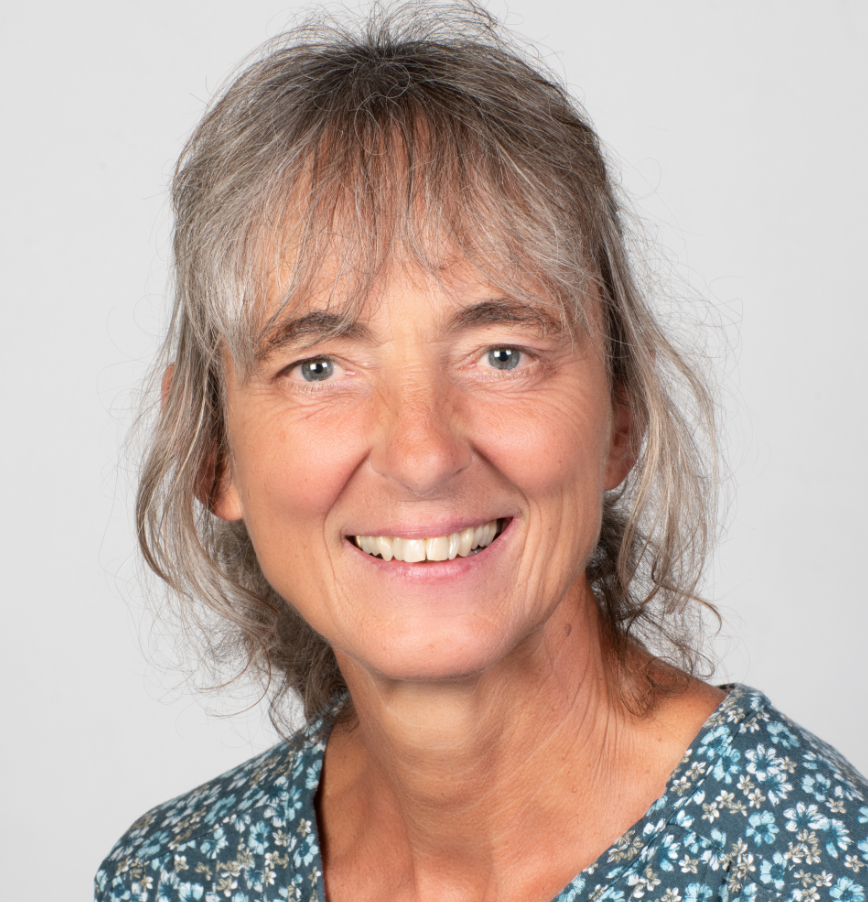
Iris Steiner
E-Mail:
iris.steiner(at)uni-ulm.de
Iris is our MTA and cultivates our cells in the S1 lab.